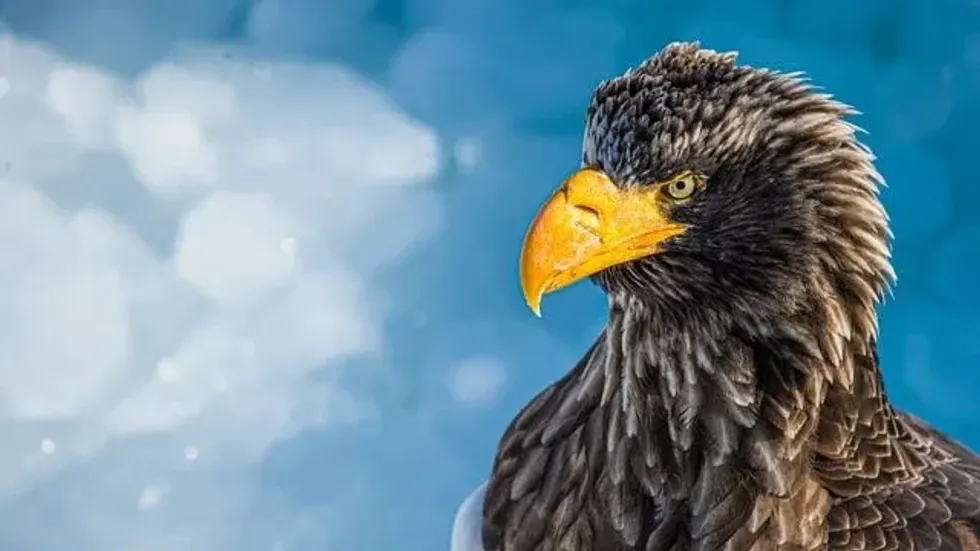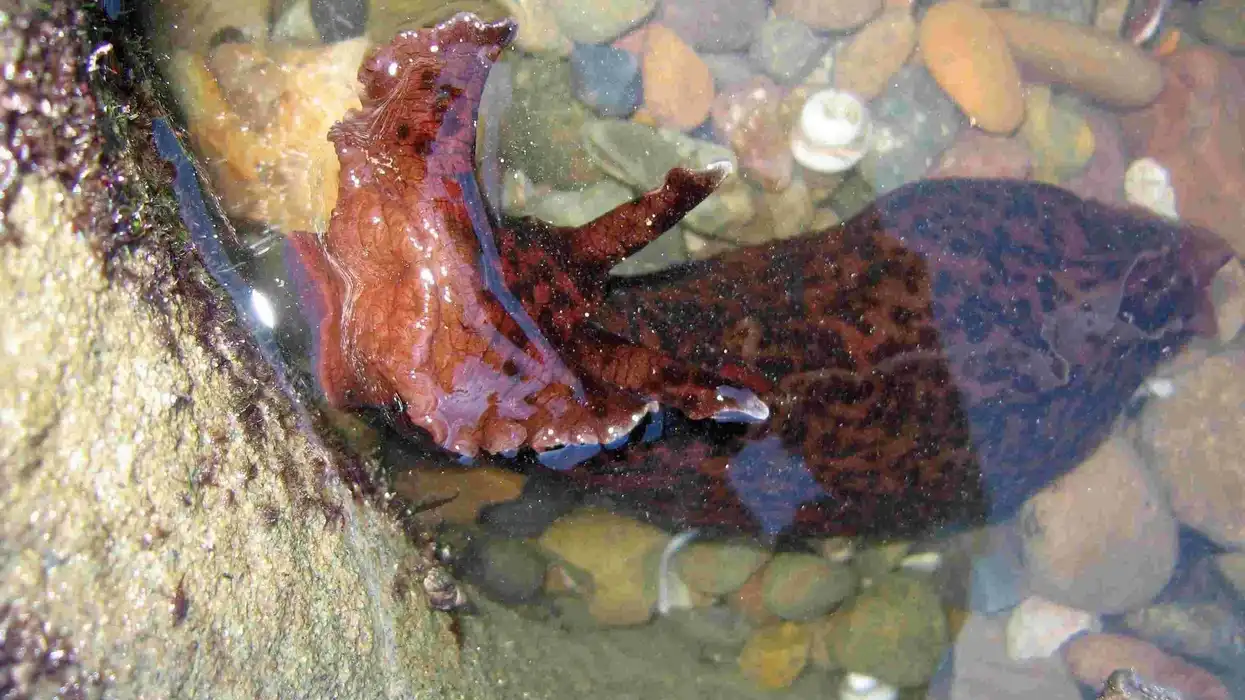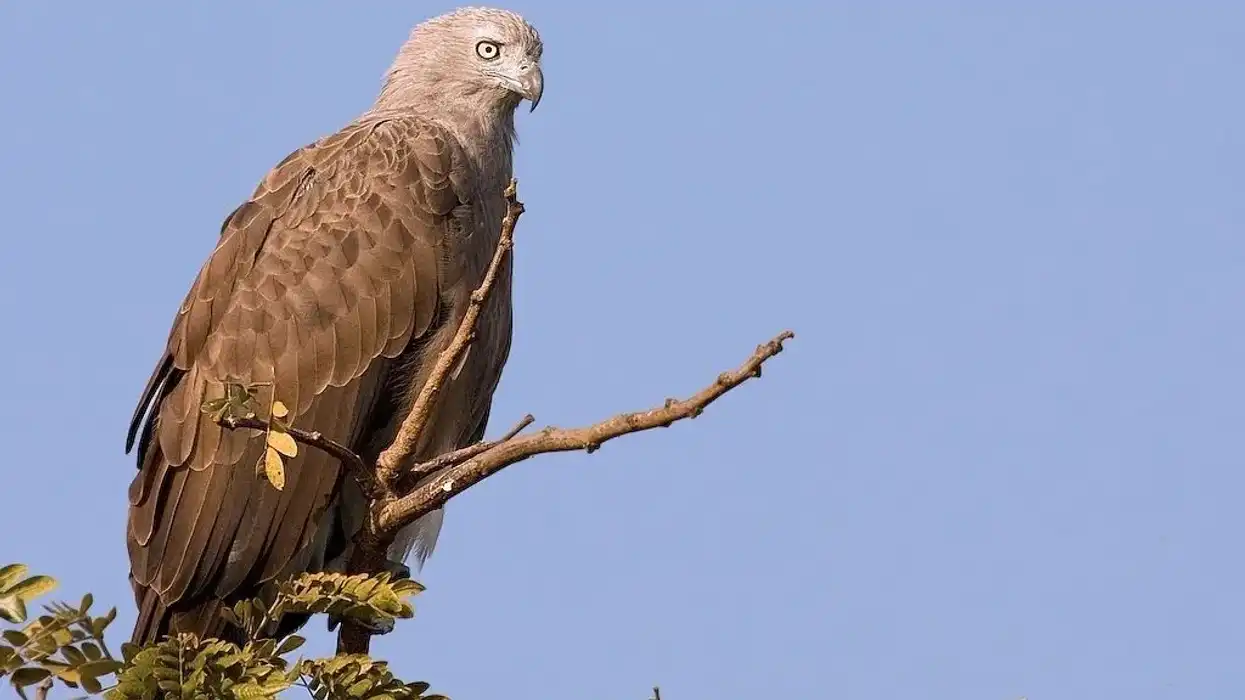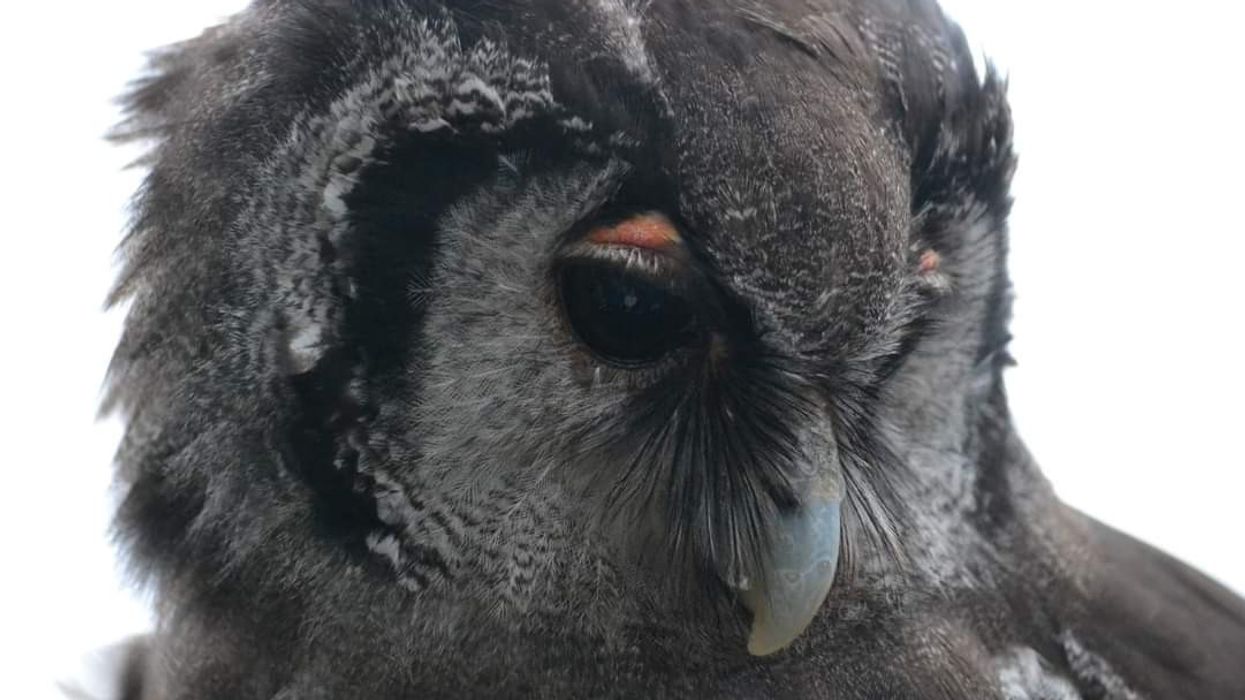The word 'eagle' is derived from the Latin word 'Aigle', meaning dark-colored. Sea eagles, too, have another name that many people associate them with.
For a considerable amount of the population, sea eagles are known as ernes or erns. There are 10 species of sea eagles across the world out of which white-bellied sea eagle, bald eagle, and Steller's sea eagle, are a few popular ones that top the list.
The sea eagle is found around the coastal areas, where they nest at a height of 9.5 ft (2.9 m) the trees.
Although their primary diet includes fish, bird eggs, turtles, birds, sea snakes, and the like, there have been a few cases where the white-bellied sea eagle, as well as the white-tailed eagles, have fed on lambs, cats, and even dogs.
Read on for more interesting content about the white eagle, bald eagle, and Steller sea eagle facts. For more check out birds of paradise and harpy eagles.
Sea Eagle Interesting Facts
What type of animal is a sea eagle?
Sea eagles are a type of bird.
What class of animal does a sea eagle belong to?
Aves is the class of animals that sea eagles belong to.
How many sea eagles are there in the world?
The sea eagles live under 10 species of their genus Haliaeetus across the world. There are around 400,000 sea eagles in total.
Where does a sea eagle live?
Sea eagles are usually seen in the estuaries and lochs of the sea, rivers, lakes, or any water bodies. They usually retreat to the rocky coastlines along the rivers or lakes that make their foraging process easier.
What is a sea eagle's habitat?
Steller's sea eagle and white-bellied sea eagles are found in Southeast Asia and Sri Lanka. Their different species are also found in parts of Australia, America, Madagascar, as well as African and Solomon islands.
They are usually spotted alongside water bodies so that these birds of prey can have easy access to catching their food, especially the fish in the water. They usually make their nests high up on the trees unlike the bald eagles, who make their nests on the ground too.
Who do sea eagles live with?
Unlike the usual nature of an eagle, that is to be solitary, the white-bellied sea eagles and white-tailed sea eagles are considered to be territorial in nature. Most of them are monogamous and live their life with their partner until either one of them dies.
The male and female birds are also known to build their nests together as a part of their bonding process. When they live in a group, these groups of eagles are called convocations.
How long does a sea eagle live?
Sea eagles or the Haliaeetus species of eagles are strong and large birds of prey, that can live for an average lifespan of 20-30 years of age.
How do they reproduce?
The breeding season is different in different locations. The breeding in India occurs between October to March; whereas, in Australia, from June to December.
In Southeast Asia, the breeding is done between December to May, and in New Guinea, from May to November. The female eagles lay around one to three eggs, with an average litter size of two eggs.
The eggs are kept in the nests and are incubated for a period of 35 -44 days. These Haliaeetus eggs are usually incubated by both the breeding pair or the male and the female eagle partners.
What is their conservation status?
Although sea eagles are not extinct birds, these sea eagles are listed as Least Concern to Vulnerable to Critically Endangered, based on their different species of the Haliaeetus genus.
Sea Eagle Fun Facts
What do sea eagles look like?

The Haliaeetus species of sea eagles are usually slate-grey, white, gold brown, or a mix of dark shades in color. Most of the sea eagles have a white-colored head and a tail.
The rest of their bodies and feathers are dark brown or greyish-black in color. They have bright yellow or dark-colored muscular feet and a hook-shaped beak.
The hook shape helps them to catch their prey like fish, birds, or any other food that belongs to their diet even when their prey is moving.
These sea eagles have a small pouch called a 'crop', that is located near their chest. When their stomach is full and they have an additional supply of food, they store their prey in that crop until they get hungry again.
How cute are they?
Sea eagles are large birds that look beautiful when they are resting on a tree branch or while taking a flight to catch their food. The large expanse of their wings and their stride truly makes them look magnificent, although they cannot be considered cute as they might seem a little scary and intimidating.
How do they communicate?
Sea eagle species, just like other eagles are known to communicate with each other with a sequence of screams or high-pitch sounds like chirps, chatters, or whistles.
How big is a sea eagle?
The sea eagle's maximum size is almost six times as big as the South Nicobar serpent eagle's size. They can grow a minimum of 29.5 in (75 cm) to a maximum of 39.4 in (100 cm) long
How fast can a sea eagle fly?
Be it a white-bellied sea eagle, Steller's sea eagles, bald eagles, African fish eagles, or Madagascan fish eagles, sea eagles are known to be aggressive in nature and usually have a good flight range. These birds have an average speed of 18.6-31.1 mph (30-50 kph) when they go fishing or to catch their prey.
This Haliaeetus species of bird can also speed up to a maximum level, where they can fly as fast as 100 mph (160 kph).
How much does a sea eagle weigh?
Sea eagles are one of the largest eagle species and usually weigh a minimum of 4.6 lb (2.1 kg) and a maximum of 21 lb (9.5 kg).
What are their male and female names of the species?
Although there are 10 different Haliaeetus species of the same genus, they do not have any variation in naming the bird based on its sex. That means the male and female names of the different types of these sea eagles are the same.
What would you call a baby sea eagle?
Be it a newborn of the Steller's sea eagles, or that of a white-bellied sea eagle, white-tailed, or any other species of the sea eagles, these newborns are called fledglings or eaglets, just like other eagle birds.
What do they eat?
Sea eagles are carnivores and have a meaty diet. They usually consider aquatic animals as their food.
They relish fish, sea snakes, turtles, reptiles, and nesting birds. Their diet might also include eating mammals, as they are skilled hunters. They are not scared of attacking birds that are equally big as a swan or animals that are equal to the size of small dogs, rabbits, cats, or lambs, too.
Are they dangerous?
Sea eagles are birds that are known to incline toward aggressive kinds of animals. Although human beings are considered a threat to the sea eagle, there are a few cases of bald eagles attacking humans whenever necessary. Even though the eagle did not cause any severe harm, these birds can be dangerous.
Would they make a good pet?
Sea eagles belongs to the birds of the prey category. They are wild and are obviously not the kinds of birds that would make good pets.
Did you know...
The osprey is a fish hawk that looks quite similar to the sea eagle. Although there might be confusion on whether they are the same due to their similar appearance and characteristics, an osprey is not as same as a sea eagle.
Sea eagles are considered strong birds that have 10 times stronger grip than humans along with great eyesight, which is eight times better than humans.
Here's another fun fact: the eagle's nests can weigh somewhere around 1000 lb (453.6 kg). The heaviest of these nests was found to weigh as much as 6000 lb (2721.6 kg). In the case that the female eagle lays two eggs in her nests, nestling hatches first is often known to kill the other nestling or its sibling.
Can sea eagles swim?
The sea eagle surely cannot bag an award for being the best swimmers, but they can absolutely swim. The sea eagle is known as a fisher and makes its living by fishing.
How? Well, the sea eagle can dive into rivers or lakes and catch its prey that is close to the water surface. There still hasn't been a report on how long it can stay underwater or how deep it can dive in the water.
Different types of Sea Eagle
Sea eagle is a wide umbrella term under which there are around 10 different species of birds. The popular these 10 are the white-bellied sea eagle, Steller's sea eagle, bald sea eagle, white-tailed sea eagle, and the African fish eagle.
The non-popular breeds of this eagle family can be named the Palla's fish eagle, the grey-headed fish eagle, Sanford's sea eagle, and the lesser fish eagle.
The differences between these 10 categories are based on their appearance and description, their mannerisms and changing ranges of aggression and friendliness, as well as the different regions where they are found. For instance, the white-bellied sea eagle is found from southeast Asia to Australia, while the Steller's sea eagle is found around the coastal areas of northeast America.
Here at Kidadl, we have carefully created lots of interesting family-friendly animal facts for everyone to discover! Learn more about some other birds including storks and ospreys.
You can even occupy yourself at home by drawing one of our eagle mask coloring pages.










